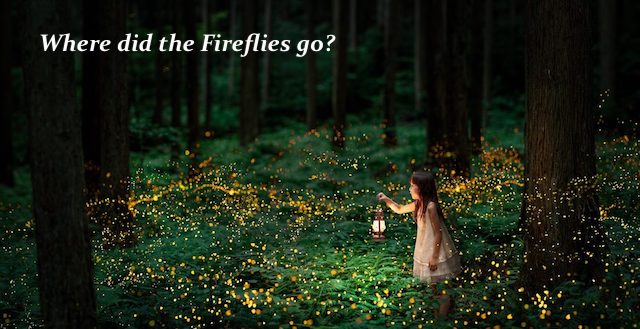Living Here
Where are the flying bugs?
No, not the electronic bugs and drones, they are all over and multiplying rapidly, but the real flying insect “bugs” that are disappearing. Yes, there are mosquitoes and house flies, but where are the moths flying around lights at night, the fireflies flashing their mating signal on the lawns in the evening and butterflies during the day? There are a few, but when did you last see a grasshopper, a June bug or a ladybug? In past years, they were everywhere. Screen doors were covered with flying bugs, and summer travel meant regularly cleaning spattered bugs off of the car’s windshield, but not today. Many birds that eat insects like Blackbirds, Bluebirds, Crows, Orioles, Blue Jays and the Red-headed Woodpeckers have reduced numbers and sightings are becoming rare.
Contrary to what kids say “Things don’t just happen. They are caused.”
So, what is causing the drastic reduction in the number of flying insects? I don’t ask that question because I know the answer. I ask because I don’t know, and can only speculate. However, in researching the issue a suspect has been found. Lake Geneva is surrounded by corn fields and since 2013 virtually all corn fields and many soybean fields use neonicotinoid (nicotine-based insecticides) which have been linked to adverse ecological effects including honey-bee colony collapse disorder and loss of birds due to a reduction in the insect population. Although that conclusion is disputed, it fits the observation and makes the use of neonicotinoids our prime suspect. Concern over the use of nicotine-based insecticides doesn’t end with flying insects and birds, it includes the runoff that is entering the lake. Ted Peters Director of Geneva Lakes Environmental Agency has expressed his concern about the neonicotinoids entering the lake and believes that it needs to be studied because virtually no data is available on the effect of neonicotinoid on aqueous life. Neonicotinoids are very powerful insecticides and we need to know how they affect life in our lake and then to determine if or what action needs to be taken to protect the lake.









